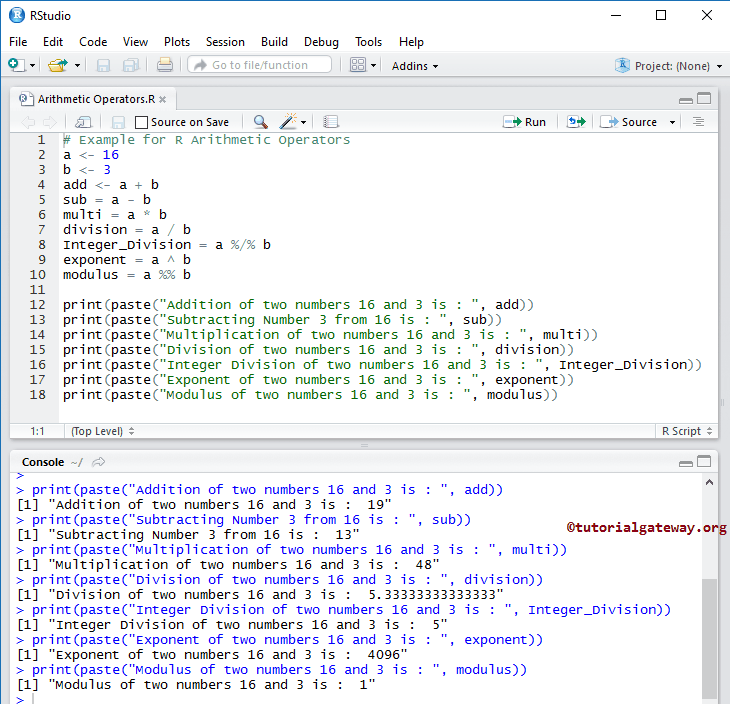However the operator returns a float value if one of the arguments is a float this is similar to c filter none.
Python floor division operation.
Floor division in python figure 1.
This means that the result of a b is always an integer.
Python operator examples.
The floor division operator is an example of a binary operator as it takes two operands.
The resultant value is a whole integer though the result s type is not necessarily int.
Bitwise operator works on bits and performs bit by bit.
Also referred to as integer division.
Ordinary division with operator 2.
With floor division one number the dividend is divided by another number.
Here are a few examples to illustrate the same.
Python divides the operators in the following groups.
Operators are used to perform operations on variables and values.
In python 2 7 the operator works as a floor division for integer arguments.
Division works differently in python 2 and 3.
Python 3 s approach provides a fractional answer so that when you use to divide 11 by 2 the quotient of 5 5 will be returned.
But for floor division in python 2 int int int to understand m.
In python 2 the quotient returned for the expression 11 2 is 5.
But if one of the operands is negative the result is floored i e rounded away from zero towards negative infinity.
There are two types of division operations in python.
I hope you learnt something new and if you re looking to upgrade your python skills even further you might want to check out our complete python course.
Python 2 s operator performs floor division where for the quotient x the number returned is the largest integer less than or equal to x.
The operator in python 3 is used to perform floor based division.
This means that a b first divides a by b and gets the integer quotient while discarding the remainder.
Floor division with operator note.
The dividend and the divisor.

